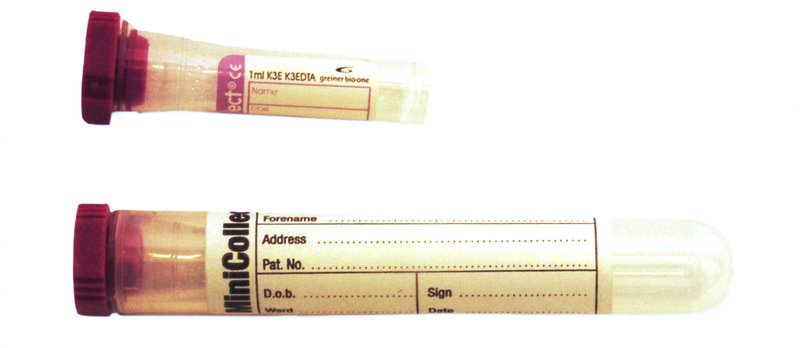Lamotrigine
Chemical Pathology
Notes
- Lamotrigine is an effective anticonvulsant but is also useful in the treatment of depression in bipolar disorders.
- There is no indication for routine monitoring of lamotrigine levels unless there is evidence of ineffectiveness, poor adherence or toxicity (NICE CG192).
- Routine monitoring during pregnancy is not normally required (NICE CG137). If seizures increase or are likely to increase, then monitoring is advised particularly if a dose adjustment is being considered.
- Pregnancy in bipolar disorder – routine monitoring recommended (NICE CG185)
- Lamotrigine levels can be affected by valproate and also by other anti-convulsants.
- There is also an interaction between lamotrigine and the combined oral contraceptives. This may result in reduced effectiveness of hormonal contraceptives, reduced seizure control in women on a stable lamotrigine dose who start an oral contraceptive or an increase in the adverse effects of lamotrigine following withdrawal of an oral contraceptive. Therefore other contraceptive methods should be considered.
Sample requirements
Pre-dose samples required.
For adults, one 4 mL EDTA tube

For children, blood taken into one paediatric EDTA tube

Storage/transport
Send at ambient temperature to the laboratory on the day the sample is collected. Samples may be stored refrigerated overnight if unavoidable.
Required information
Relevant clinical details including the reason for the request, date and time of the last dose, and date and time of sample.
Turnaround times
Samples are sent to a referral laboratory for analysis with results expected back within 2 weeks.
Reference ranges
- Therapeutic range (epilepsy) 1 – 4 mg/L
- Mood stabiliser 1 – 15 mg/L
(Ranges relate to trough samples taken pre-dose or minimum 6 hours post dose)
Further information
Relevant NICE guidelines:
NICE CG192 Antenatal and Post-Natal Mental Health
Page last updated: 02/03/2019